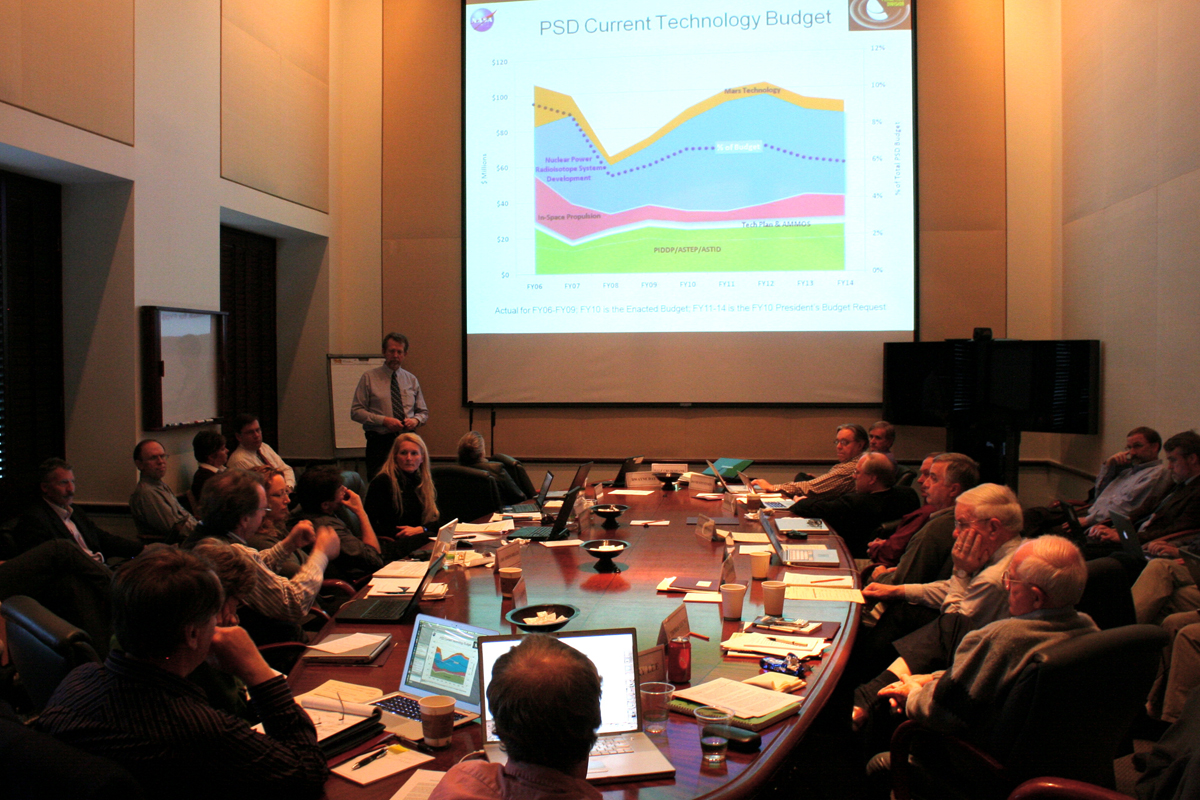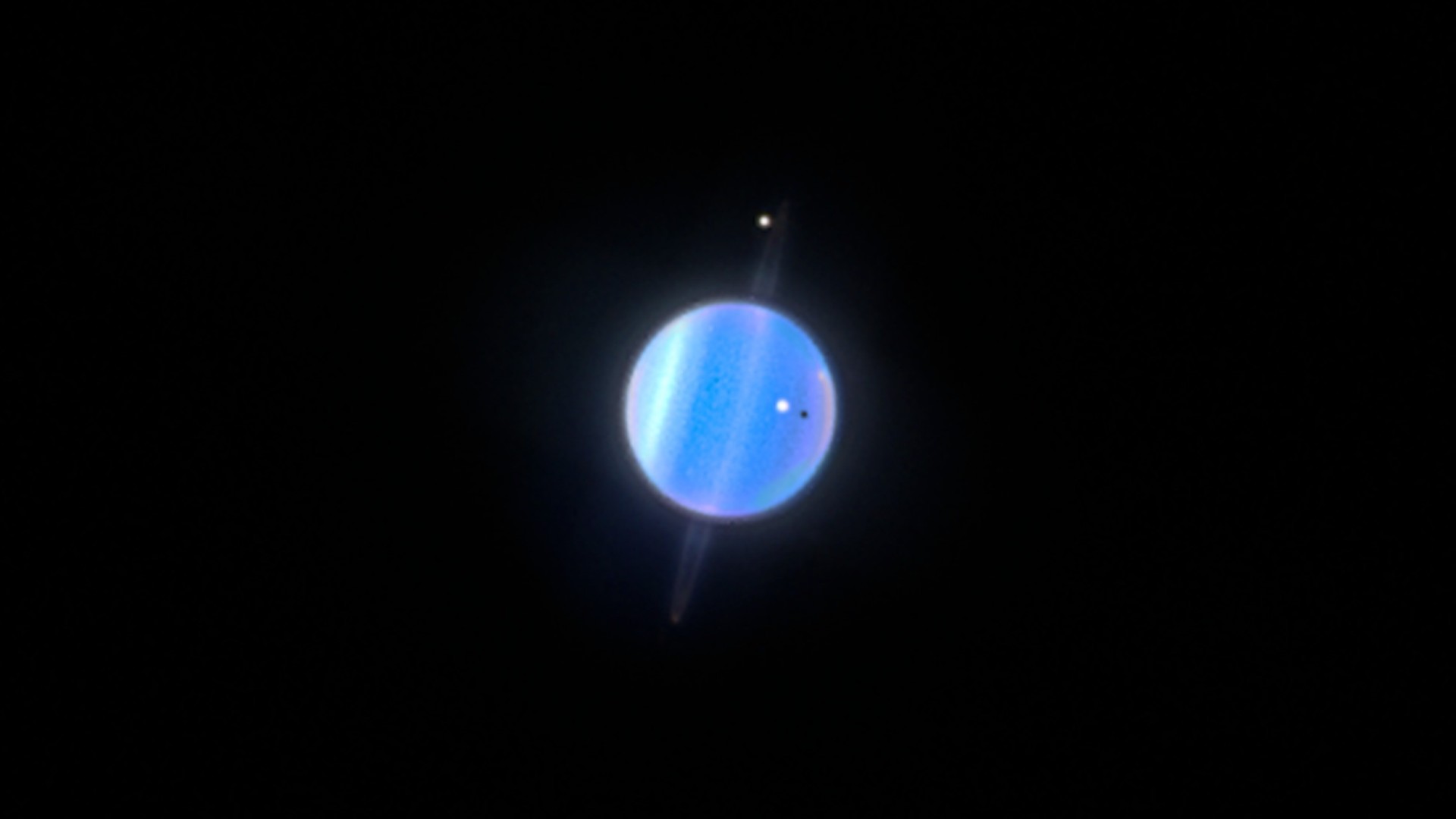NASA begins push to slash workforce with more staff buyouts, early retirements as budget cuts loom
NASA employees have until July 25 to decide if they'll stay or go.

NASA put out a new call urging its workforce to leave the agency this week with a new offer for employment buyouts as the U.S. space program faces huge budget cuts proposed by the Trump administration.
In memos sent to employees on Monday (June 9), NASA officials announced the rollout of a new early retirement and deferred resignation program that aims to cut positions from the space agency dramatically.
"NASA is continuing its phased approach to streamline its workforce and reduce its overall headcount," NASA spokesperson Cheryl Warner said in a statement. "This affords employees the opportunity to depart while ensuring the agency remains fully capable to pursue its mission. Eligibility for these programs will vary depending on each employee’s individual situation."
The efforts — which include a deferred resignation program, voluntary early retirement authority and voluntary separation incentive program — come on the heels of large proposed budget cuts for NASA in 2026 by the Trump administration. Those cuts aim to reduce NASA's overall budget by 24% and its workforce from its current 17,391 employees down to 11,853, a 32% reduction. The budget request is still under review by Congress and not yet implemented.
"There is no target number or percentage associated with this effort, and it is not tied to DOGE," Warner told Space.com via email in response to questions referring to the Department of Government Efficiency, an effort to cut government spending that was led until recently by SpaceX CEO Elon Musk.
The DOGE team put out similar calls for deferred resignations earlier this year. Musk left his temporary White House role on May 31, and his relationship with Trump has since soured over issues related to the president's "Big Beautiful Bill" platform.

NASA employees have until July 25 to decide whether to take part in any of the staff reduction programs. Anyone joining the Deferred Resignation Program would likely cease work shortly thereafter and be paid through Jan. 9, 2026, NASA officials said.
Get the Space.com Newsletter
Breaking space news, the latest updates on rocket launches, skywatching events and more!
"Employees will be eligible to begin administrative leave within seven to 14 days of signing their separation agreement, with most participants ending their employment with the agency by Jan. 9, 2026," Warner wrote. "In a few circumstances, due to critical need, the agency may approve delaying an employee’s administrative leave start date until April 1, 2026, and end their employment with the agency no later than Sept. 30, 2026."
These new NASA efforts follow several rounds of departures from other agencies (nearly 75,000 government workers have taken deferred resignation offers overall) and staffing changes at key agency centers, such as the Jet Propulsion Laboratory (JPL) in Southern California, which just ended its remote work policy for nearly 5,500 employees, with most staff to having to return to the office work or leave. (JPL, NASA's lead center for robotic planetary exploration, is managed by the California Institute of Technology for the agency.)
DOGE efforts have also led to layoffs for thousands of probationary employees across NASA and other government agencies, according to media reports.
This week, the space agency began consolidating its social media accounts associated with many of its most visible space missions, such as the Mars rover Perseverance, International Space Station and others, as part of a restructuring measure for how it shares its discoveries with the public.
"With more than 300 agency accounts across 15 platforms, NASA is consolidating our social media footprint to be more focused, allowing us to fulfill our responsibility to share NASA’s story widely and cohesively," NASA Press Secretary Bethany Stevens said on social media.
Join our Space Forums to keep talking space on the latest missions, night sky and more! And if you have a news tip, correction or comment, let us know at: community@space.com.

Tariq is the Editor-in-Chief of Space.com and joined the team in 2001, first as an intern and staff writer, and later as an editor. He covers human spaceflight, exploration and space science, as well as skywatching and entertainment. He became Space.com's Managing Editor in 2009 and Editor-in-Chief in 2019. Before joining Space.com, Tariq was a staff reporter for The Los Angeles Times covering education and city beats in La Habra, Fullerton and Huntington Beach. In October 2022, Tariq received the Harry Kolcum Award for excellence in space reporting from the National Space Club Florida Committee. He is also an Eagle Scout (yes, he has the Space Exploration merit badge) and went to Space Camp four times as a kid and a fifth time as an adult. He has journalism degrees from the University of Southern California and New York University. You can find Tariq at Space.com and as the co-host to the This Week In Space podcast with space historian Rod Pyle on the TWiT network. To see his latest project, you can follow Tariq on Twitter @tariqjmalik.
You must confirm your public display name before commenting
Please logout and then login again, you will then be prompted to enter your display name.
